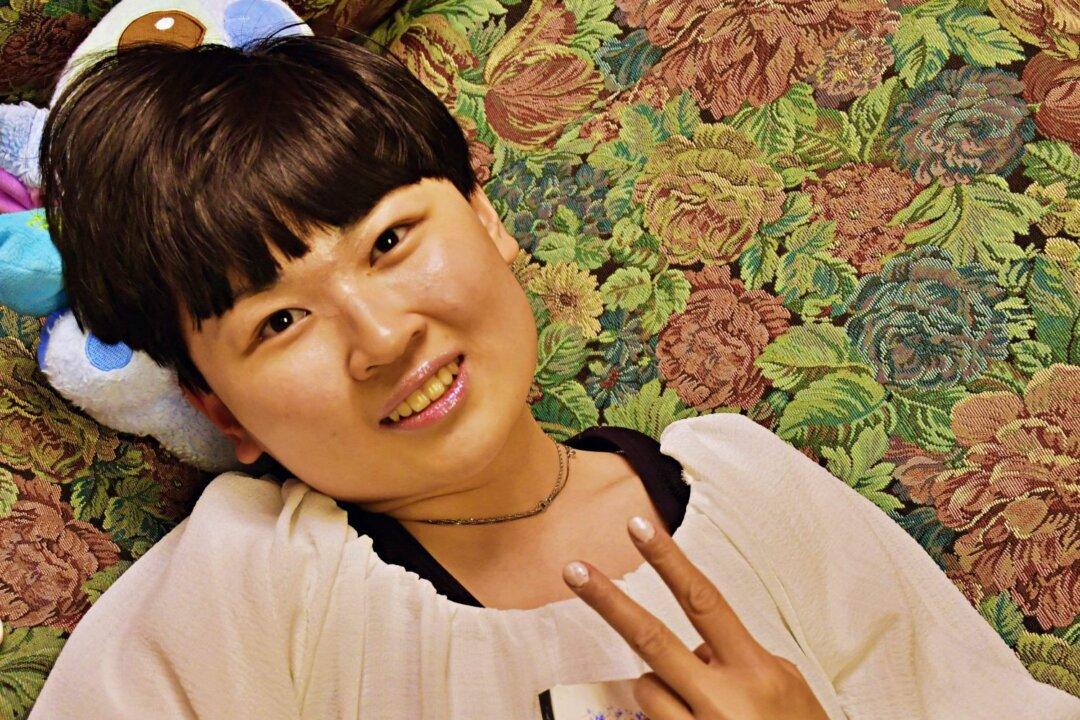As Emily Li described her childhood, she used the words “awkward” and “nerd” frequently. She was a “tomboy,” she said. She had developmental delays—trouble talking, hearing, writing, moving her body. When puberty hit, the troubles doubled.
It wasn’t just that her peers began dating—though that did kick the level of “awkward” up a notch, and she didn’t have any luck with her crushes. It was also then that her premenstrual dysphoric disorder took hold—a condition that wasn’t diagnosed and treated until later in her life. It used to send her into deep depression and rage.





